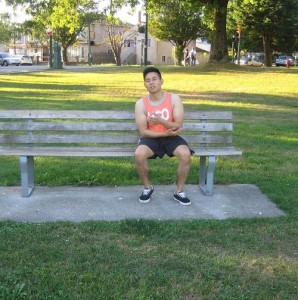Ulnar nerve compression causes pressure placed on the ulnar nerve as it moves throughout the interior aspect of the elbow. If there is direct impact to the interior aspect of the elbow, the ulnar nerve might be compressed. Additionally, damage and inflammation of the tissue adjacent to the nerve might also place pressure on the nerve. Once this occurs, it is called ulnar nerve compression. This injury can occur at any age and prevalent in the arm particularly in overuse injuries.
What are the possible causes of ulnar nerve compression?
- Direct impact or strike to the nerve as it moves into the interior aspect of the elbow. This usually occurs from a fall onto the elbow or from direct impact from an object or person.
- Excessive traction to the nerve which is common in throwing sports
- Muscle overdevelopment or overuse which results to tenderness and scar tissue formation causes the compression of the nerve
- Irregularities in the bone within the groove amidst the olecranon and medial epicondyle which might be linked to overuse injuries in throwing sports
- History of elbow, wrist, shoulder, neck or upper back injuries
Pain or ache at the rear or interior region of the elbow and forearm.
What are the indications?
The indications of ulnar nerve compression can develop abruptly or gradually over time. The usual symptoms include the following:
- Pain or ache at the rear or interior region of the elbow and forearm
- Sensation of pins and needles
- Numbness or burning sensation in the same area or into the palm on the little finger side of the hand, little finger and half of the ring finger
- Tenderness and intensifying symptoms if the interior aspect of the elbow is firmly pressed or tapped
- In severe cases, there is weakness of the hand and fingers occasionally.
Management
In most cases of ulnar nerve compression, the condition settles with physiotherapy. This includes thorough assessment to determine the factors that added up to the development of the condition with correction of these factors.
A vital component of treatment is getting enough rest and avoid activities that aggravates the symptoms such as throwing, gripping, lifting or racquet sports.
The RICE method is also part of the care for ulnar nerve compression. This is highly beneficial during the initial stage of the injury which includes rest, application of ice, using a compression bandage and elevation. Anti-inflammatory medications might also be given to manage the pain and swelling.
Disclaimer / More Information
The information posted on this page on ulnar nerve compression is for learning and educational purposes only. To learn to manage nerve injuries, register for first aid training at one of our training centers located throughout Canada. The training centers are in Edmonton, Calgary, Vancouver, Kelowna, Surrey, Winnipeg, Toronto, Ottawa and Halifax.

